The month of April 2020 saw a multitude of new research within 3D printing material development and medical bioprinting applications, the unveiling of a new electron beam powder bed fusion technology, and industry collaboration to develop a modular hybrid manufacturing system.
Read on for the standout developments in April, which involved the likes of Xerox, HP, Titomic, MIT, Wayland Additive, Airbus, and the US Air Force.
Xerox pulls plug on HP takeover
April started with a bang when global print and digital document corporation Xerox ended its hostile takeover bid for competitor HP Inc, as a result of concerns surrounding current financial markets affected by the ongoing Covid-19 crisis.
Initially, Xerox made a $33.5bn bid to acquire HP in November 2019 which was rejected, resulting in a proxy fight to replace the HP board for a hostile takeover in January 2020.
The company explained in a statement: “The current global health crisis and resulting macroeconomic and market turmoil caused by Covid-19 have created an environment that is not conducive to Xerox continuing to pursue an acquisition OF HP Inc.
“Accordingly, we are withdrawing our tender offer to acquire HP and will no longer seek to nominate our slate of highly qualified candidates to HP’s Board of Directors.”

Titomic’s TKF partnerships
In April, Australian metal 3D printer manufacturer Titomic made two announcements regarding its Titomic Kinetic Fusion (TKF) additive manufacturing technology. TKF is a solid-state metal additive manufacturing process that fuses multiple dissimilar metals together with a single part using cold-spray fabrication, developed and patented by Australia’s Commonwealth Scientific and Industrial Research Organisation (CSIRO).
First, Titomic unveiled a partnership with US-based global product development and technology firm Triton Systems to implement TKF technology for validation through US Department of Defence (DoD) research and development (R&D) projects. Following this, Titomic announced it had received a purchase order for 3D printed near-net demonstrator parts for a targeted application using TKF from international aerospace giant Airbus.
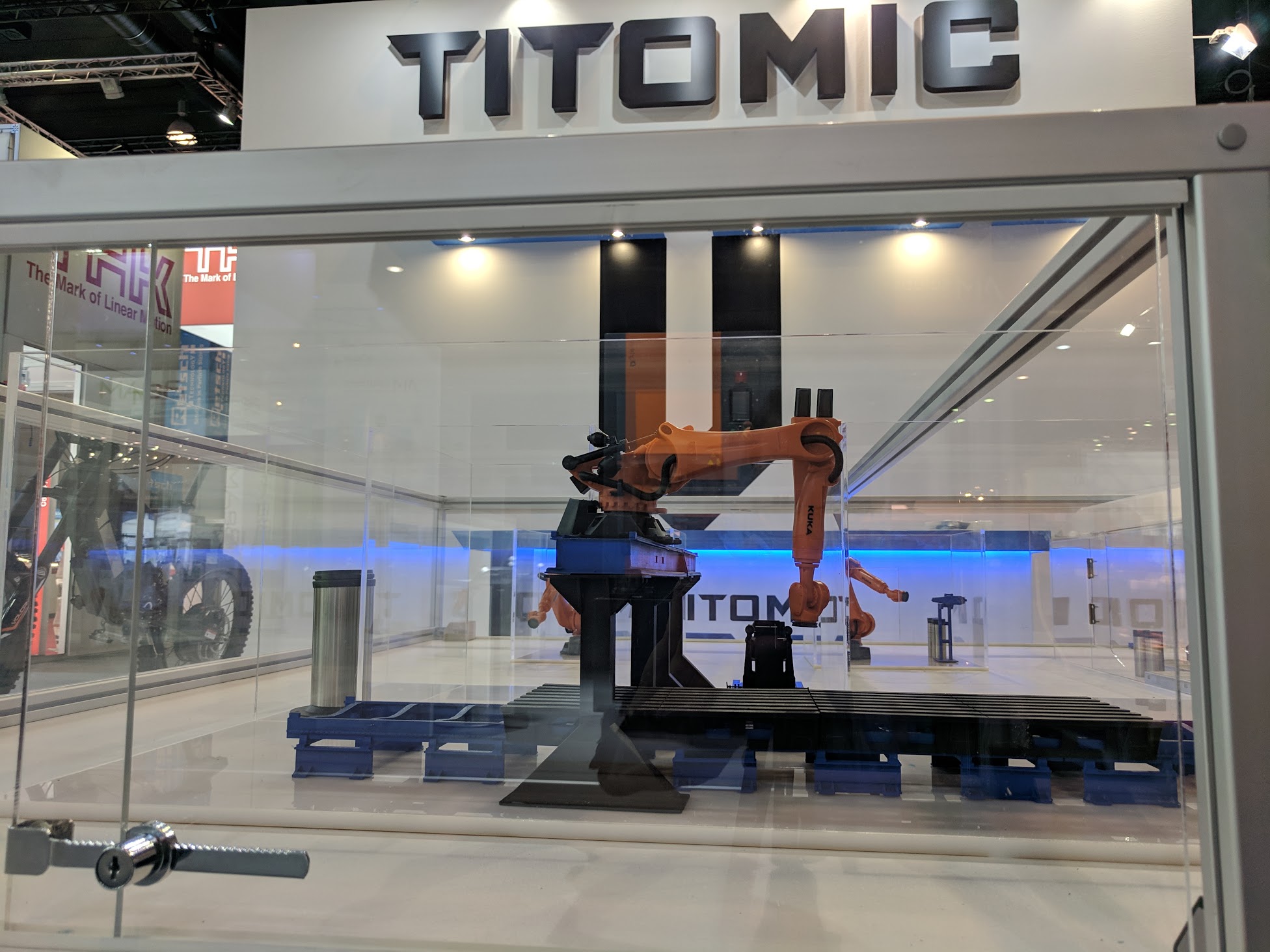
Porous-free metal 3D printing
In the first of a plethora of new research published in April 2020, researchers from Texas A&M University developed a method to 3D print steel free from porosity. Porosities can significantly decrease the strength of a 3D printed part, even if the raw material is strong. The team developed guidelines and parameters to allow for the 3D printing of low-alloy martensite – a variant of steel – into defect-free parts without sacrificing geometric freedom.
“Although we started with a focus on 3D printing of martensitic steels, we have since created a more universal printing pipeline,” said Dr. Ibrahim Karaman, co-author of the study. “Also, our guidelines simplify the art of 3D printing metals so that the final product is without porosities, which is an important development for all types of metal additive manufacturing industries that make parts as simple as screws to more complex ones like landing gears, gearboxes, or turbines.”
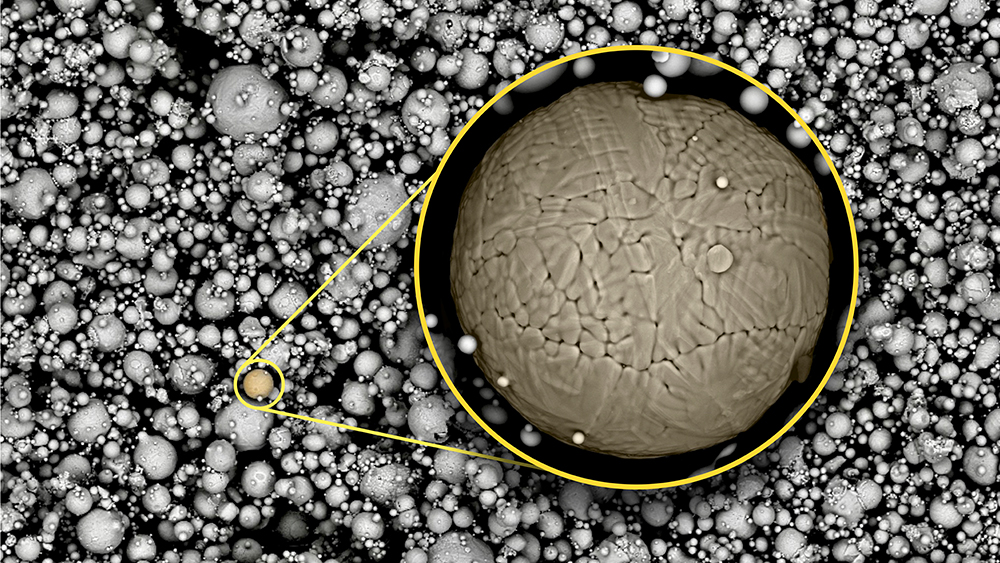
Collaborating for a modular hybrid manufacturing system
Meanwhile, a joint research project funded by the German Federal Ministry for Education and Research (BMBF) got underway to develop a new highly efficient modular hybrid manufacturing cell. Initiated four years ago, the eight-partner project, ProLMD, first aimed to produce new hybrid manufacturing process combining laser material deposition (LMD) and conventional methods.
Now, the project is evolving to develop a single modular hybrid manufacturing cell; a multi-axis KUKA robotic arm with an LMD toolhead that can be integrated into existing process chains.
“The aim was to develop economical and robust system technology for the LMD process, based on a jointed-arm robot, and to integrate it into a process chain for hybrid manufacturing,” said Jan Bremer, a scientist at the Fraunhofer Institute for Laser Technology, one of the project partners. “We are moving along the process chain for robot-based hybrid additive manufacturing and researching various technologies required for this.
“The spectrum of content covers everything – from processing heads, robot and shielding gas systems to welding processes, quality assurance and software.”
3D printed soft, flexible brain implants
Elsewhere, researchers at the Massachusetts Institute of Technology (MIT) used 3D printing to develop soft, flexible brain electrodes using a conductive polymer liquid material. As part of their research into the 3D printing of conducting polymers, the MIT team developed soft neural implants that conform to the brain’s contours and monitor its activity, without aggravating surrounding tissue.
According to the team, the research could be useful for developing brain implants that stimulate neural regions with the potential to ease symptoms of epilepsy, Parkinson’s disease, and severe depression.
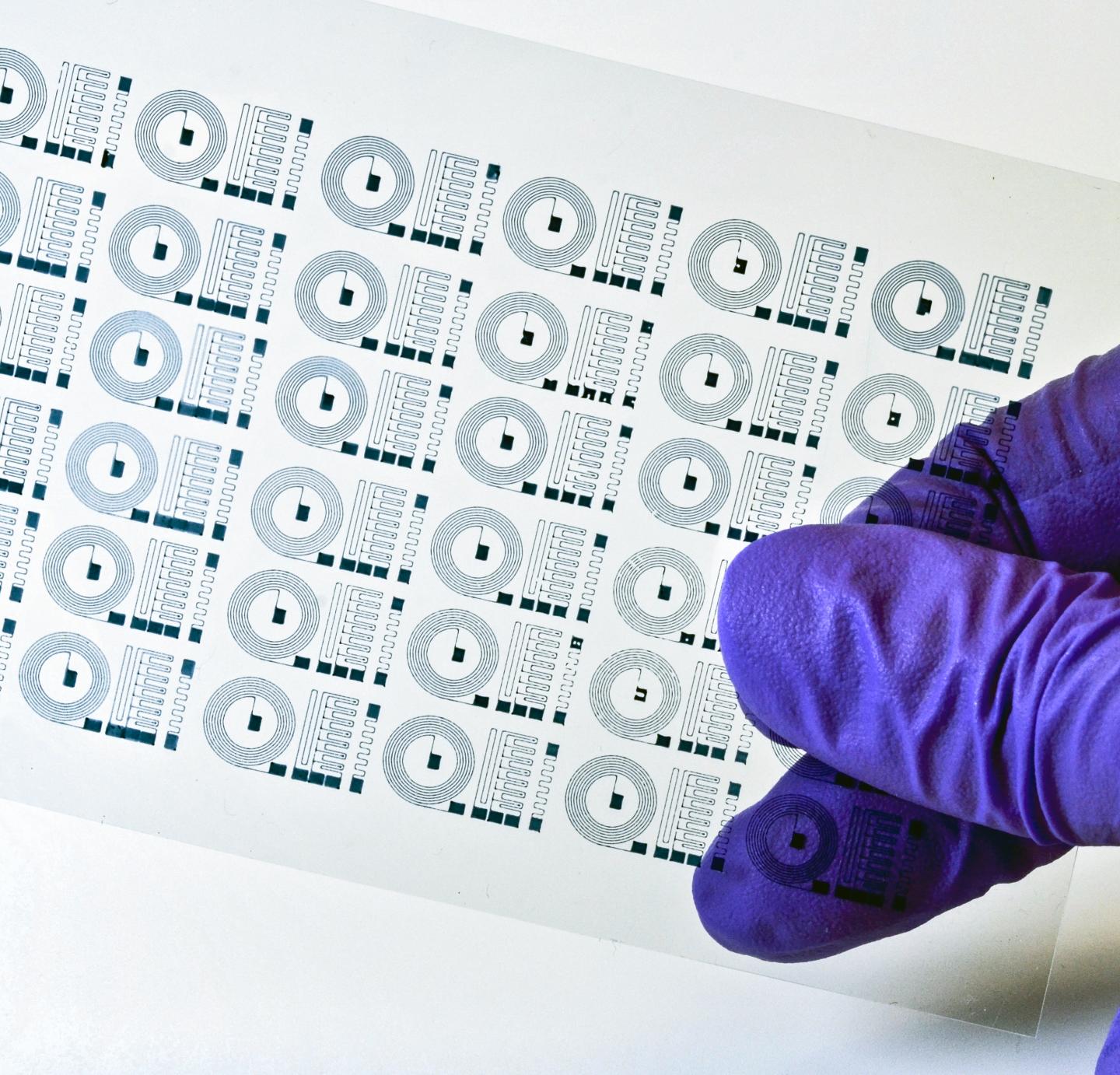
Cell 3D printing leads to implantable blood vessels
In a different part of the world, researchers in Korea and Hong Kong successfully implanted a biomimetic blood vessel in a living rat, fabricated via a modified 3D triple-coaxial cell printing technique. The approach outlined in the study could pave the way for durable small-diameter vascular grafts with the potential to be used in future treatments of cardiovascular diseases.
“The artificial blood vessel is an essential tool to save patients suffering from cardiovascular disease,” said Ge Gao, one of the paper’s authors. “There are products in clinical use made from polymers, but they don’t have living cells and vascular functions. We wanted to tissue-engineer a living, functional blood vessel graft.”
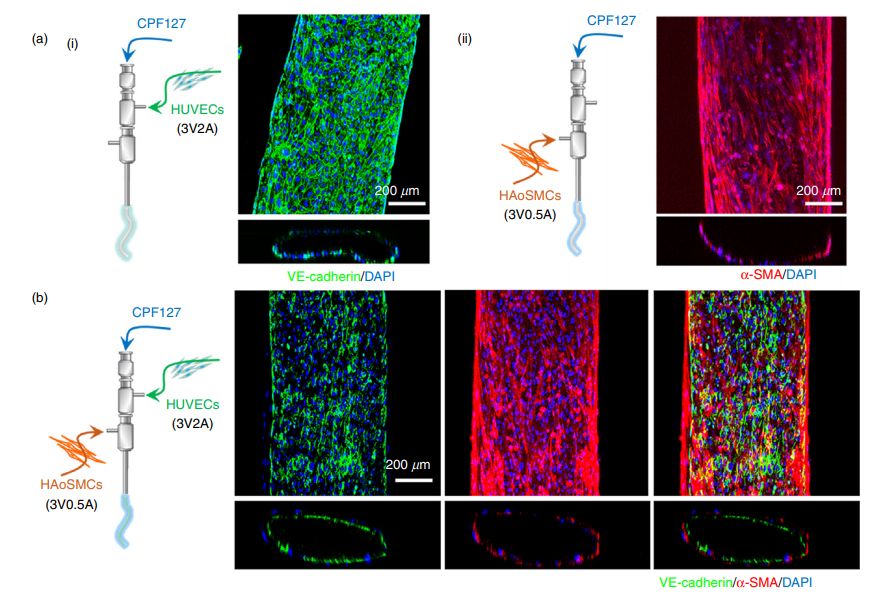
New electron beam powder bed fusion technology
After licensing the process from its parent company Reliance Precision, UK-based engineering firm Wayland Additive announced the development of its new electron beam powder bed fusion technology, NeuBeam. NeuBeam is capable of neutralizing the charge accumulation that often occurs with other electron beam technologies, in order to enable a wider range of print parameters and increased material flexibility.
Wayland is looking to shake up the electron beam powder bed fusion (PBF) market with NeuBeam, which reportedly also has the capability to produce residual stress-free 3D printed parts and could potentially enable large part production on a scale currently unseen in PBF.
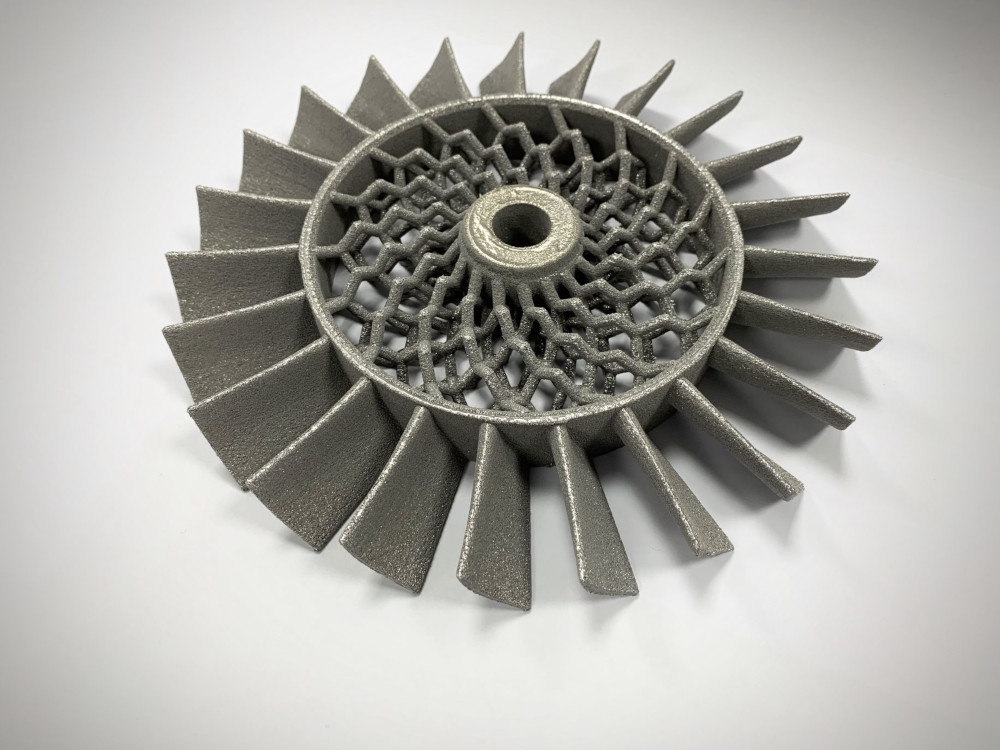
Developments in personalized medicine
Continuing with the abundance of research published in April, researchers in the UK and US developed a 3D printed device with a triggerable and remotely controllable system for on-demand drug delivery. The device is designed to provide a safe, long-term, and reusable method for localized disease treatment, within which drug release can be managed by controlling the device’s magnetic field.
According to the research authors, “This device has the potential to be optimized as a safe and long-term implant because of its large drug loading ability. It can be the key component of a multi-functional, implantable, and smart drug delivery system for the controlled release of therapeutic substances to avoid frequent injection or various sophisticated dosing regimens.”
Meanwhile, researchers from Ontario-based Mohawk College and McMaster University became the first to investigate the suitability of titanium alloy TI-5553 for 3D printed bone implants. Using an EOS metal 3D printer, the team manufactured geometrically simple samples of both TI-5553, and Ti64, a long-established alloy for 3D printed bone implants, and tested their tensile strength, yield strength, and ductility.
After confirming their method of 3D printing TI-5553 was mechanically suitable for medical implants, the team tested the alloy’s biological compatibility and concluded it showed strong potential as a 3D printed bone implant material.
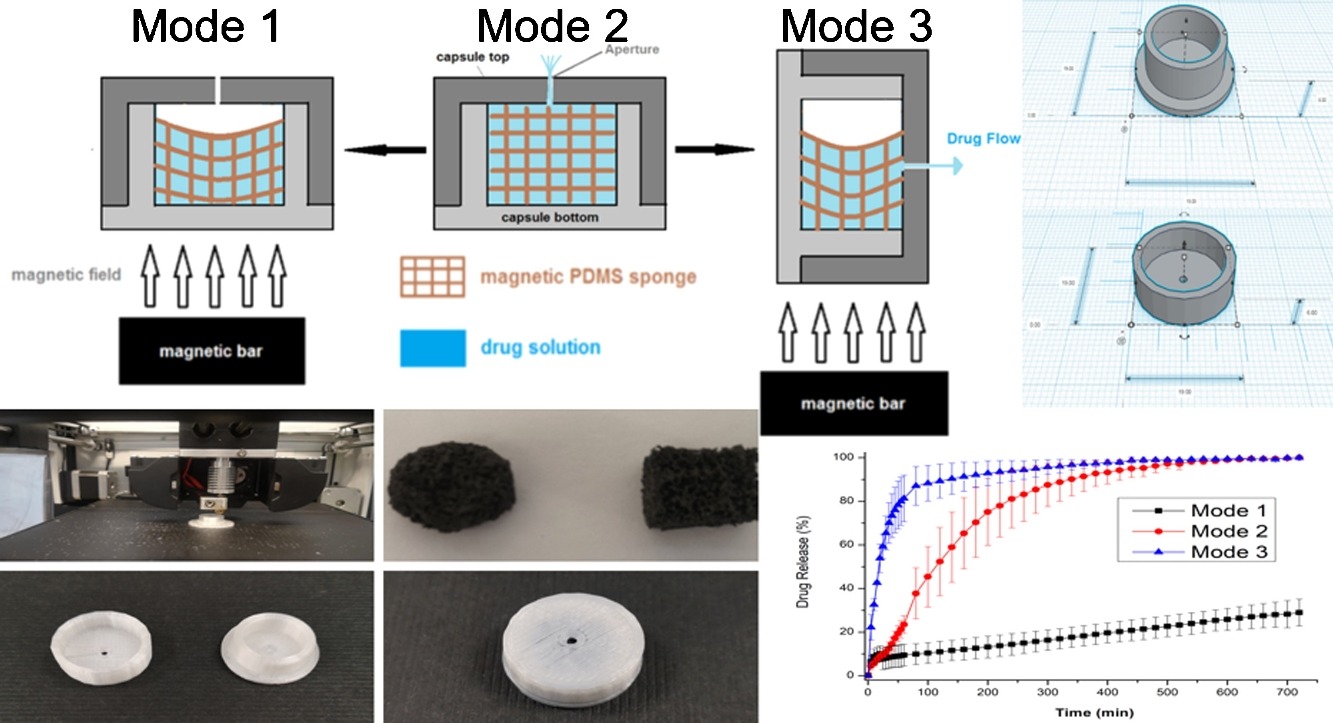
3D printing for hostile environments
Rounding off the standout out news from April 2020 is the successful production of a 3D printed surgical retractor by the US Air Force, which is designed to be used in logistically challenging hostile environments. Printed on a desktop 3D printer, the medical instrument can be produced on-demand in locations where it may not be possible to restock medical supplies using conventional methods.
The surgical retractor was printed as a proof of concept, with the aim being to develop a digital library of 3D files that could be used to produce a range of medical instruments on-demand, anywhere in the world.

Subscribe to the 3D Printing Industry newsletter for the latest news in additive manufacturing. You can also stay connected by following us on Twitter and liking us on Facebook.
Be sure to subscribe to the Another Dimension podcast on your chosen podcast player to make sure you never miss an episode.
Looking for a career in additive manufacturing? Visit 3D Printing Jobs for a selection of roles in the industry.
Featured image shows a pliable neural electrode with 3-D printed soft electronically active polymers. Photo via MIT.



